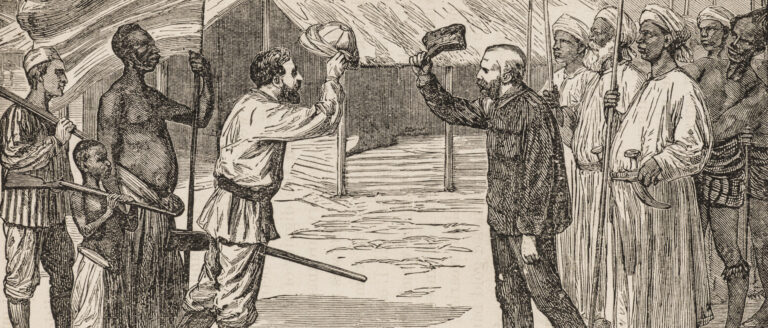
What were the links between abolition and imperialism in East Africa?
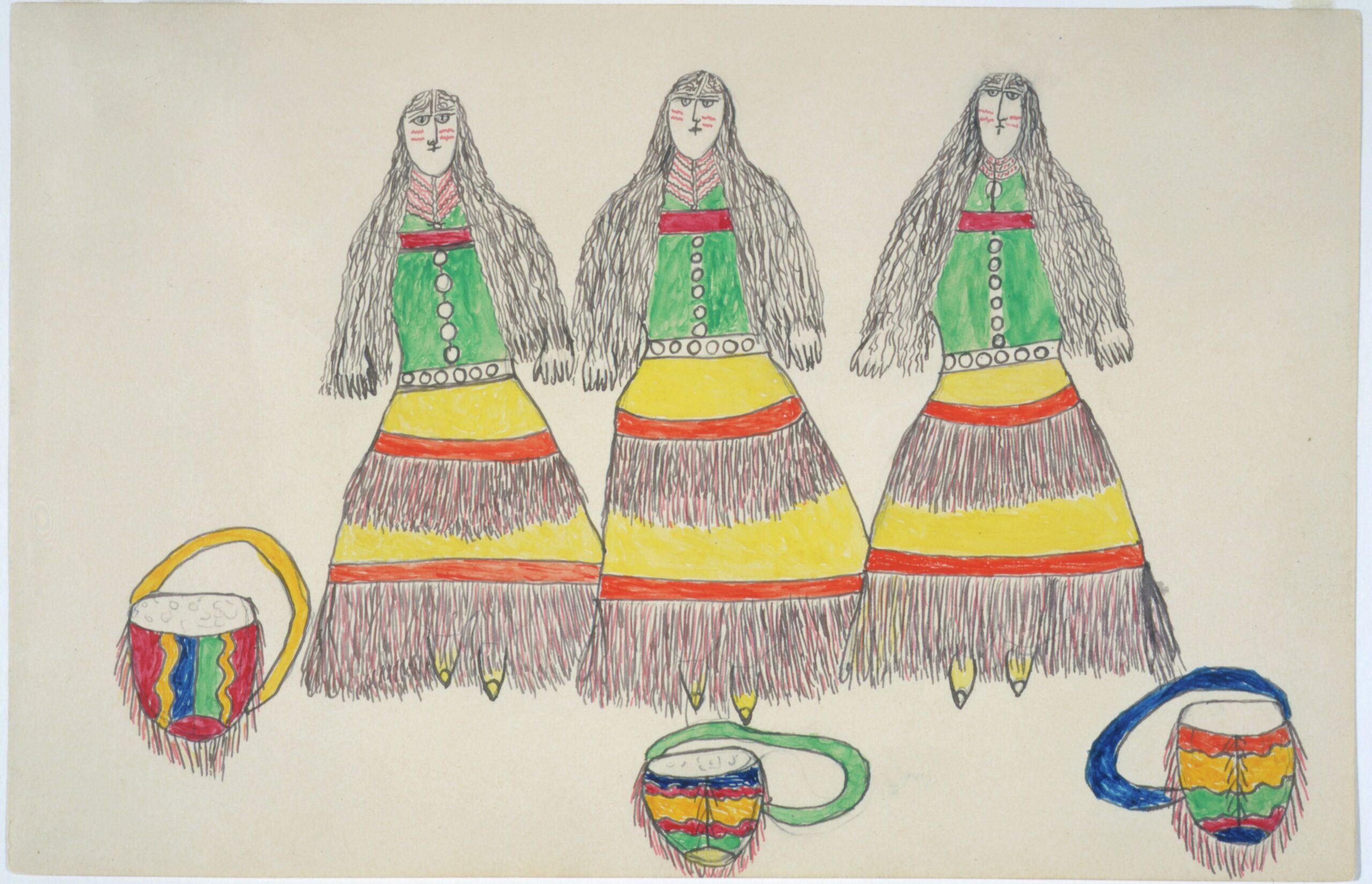
What do historical images of American Indian peoples tell us about the evolving relationships between Indians and non-Indians? What valuable information about our past and ourselves can we glean from artworks that portray indigenous peoples and also the materials that artists used?
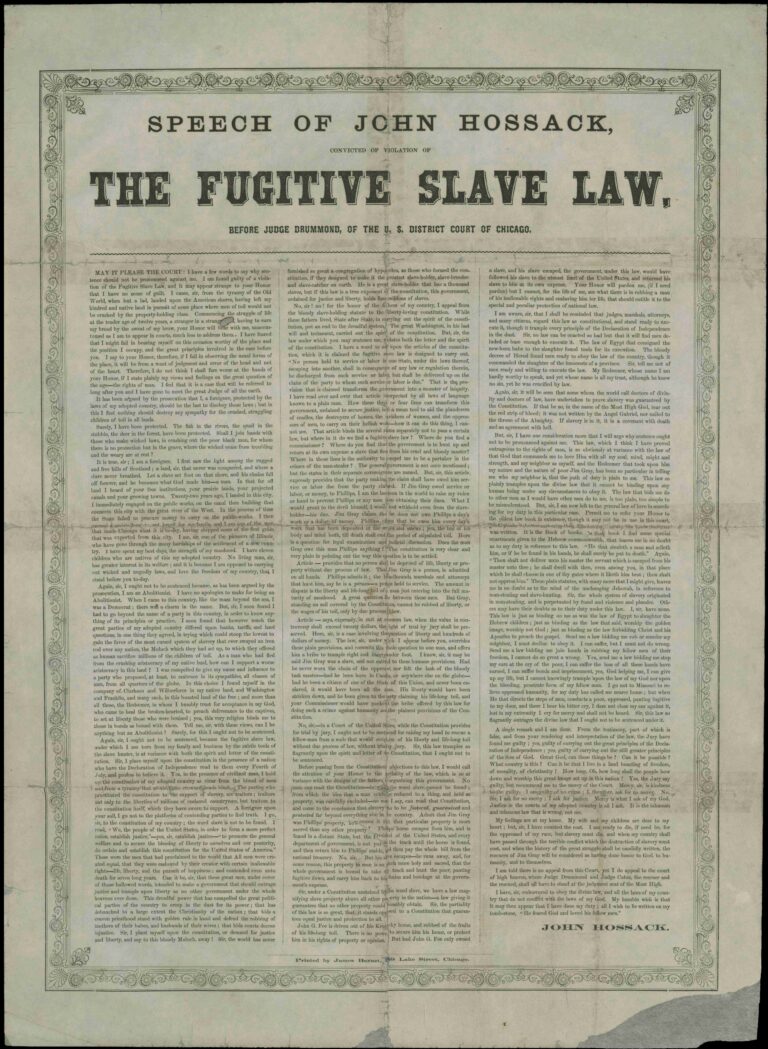
What motivated the actions of abolitionists in Illinois? How did abolitionists attempt to transform public opinion on the issue of slavery? How did the abolitionist movement evolve and respond to national events that shook the nation in the 1850s?
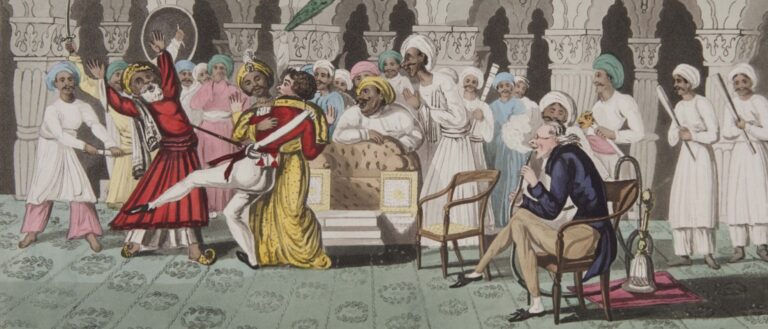
Why did British imperialism take the form it did in India? How did this change the lives of colonial servants in India? Why did individual Britons go to India? What did they expect to find there? What common experiences did they have?
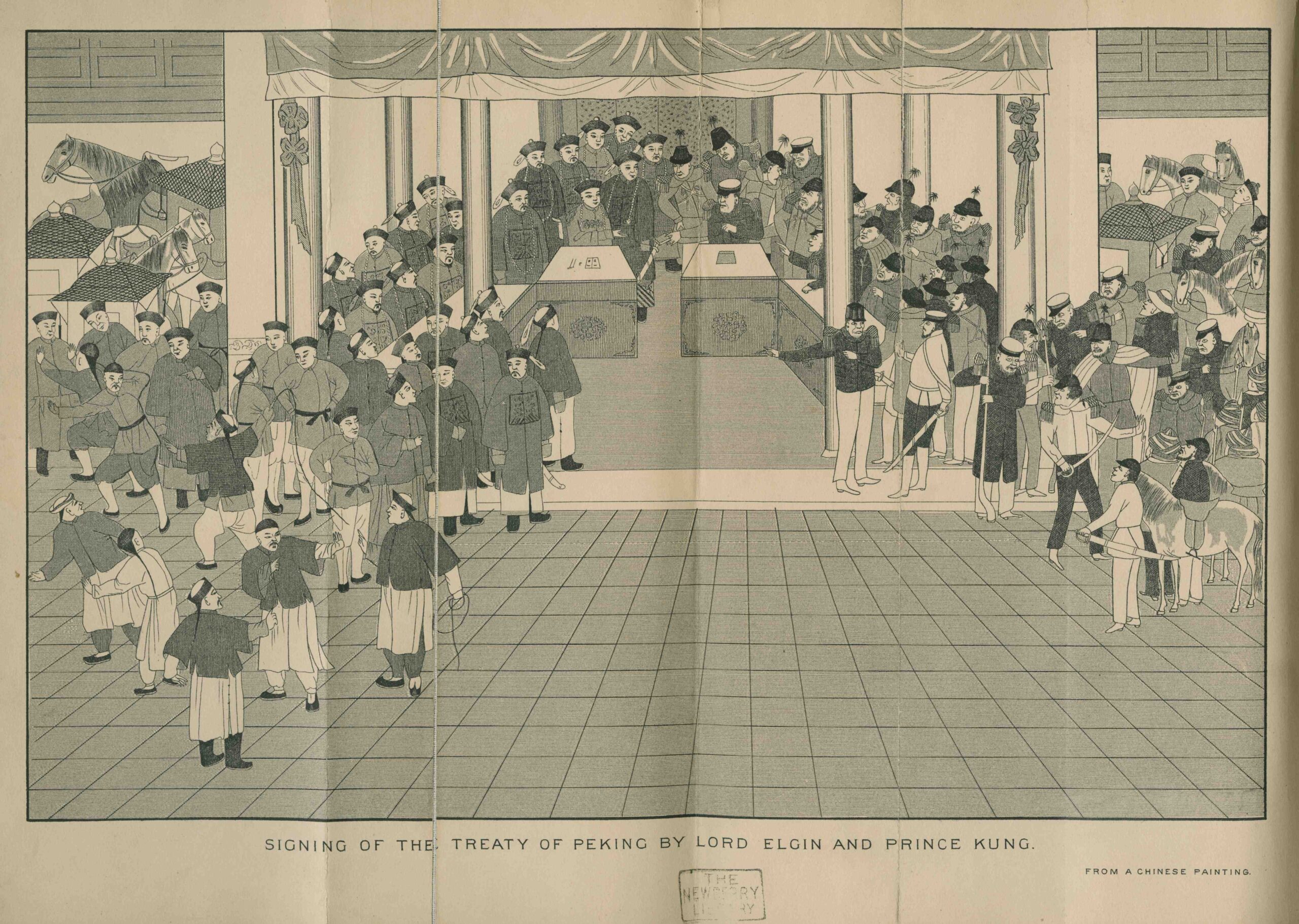
How have China’s economic and diplomatic ties to the outside world shaped its modern history?
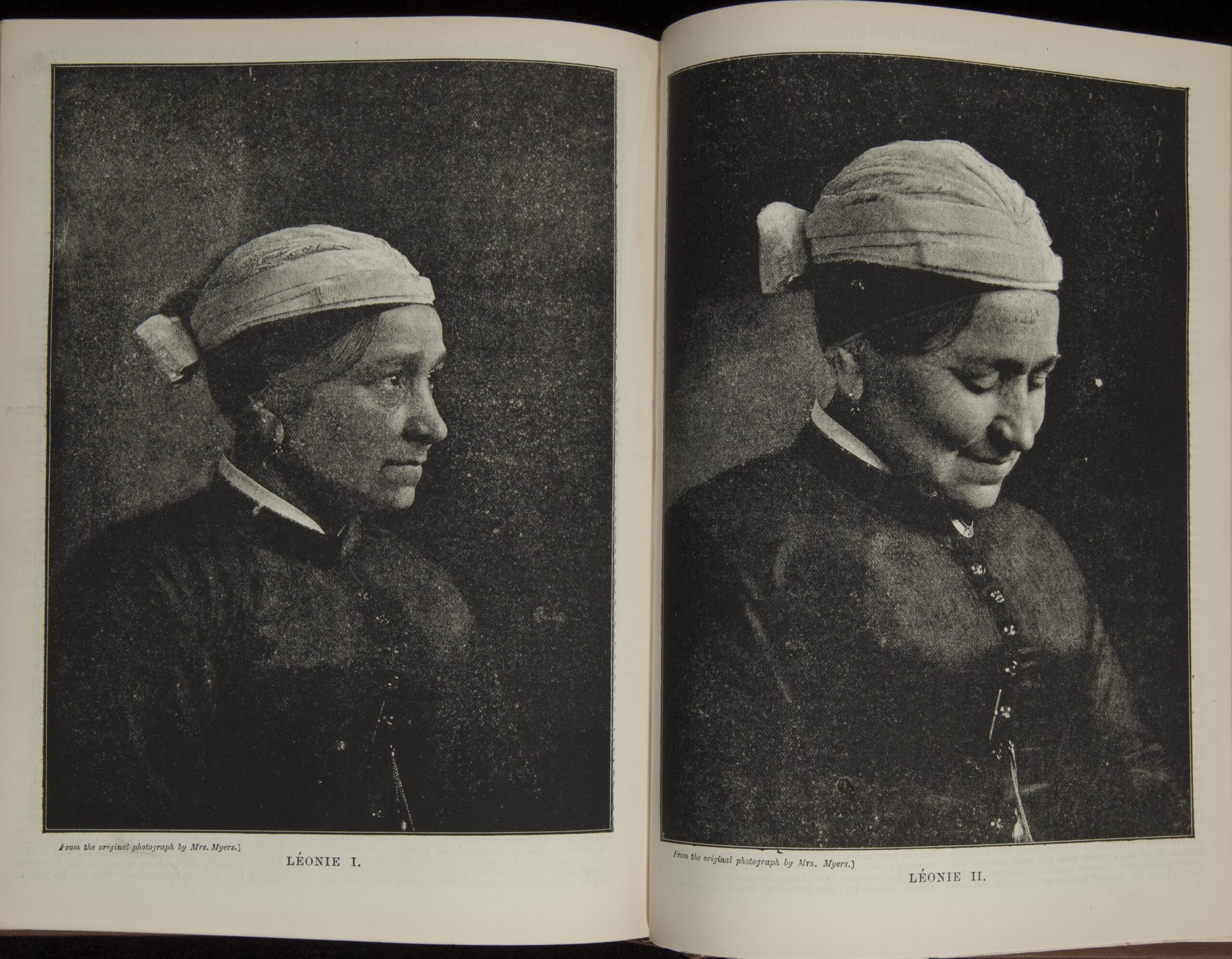
How did writers and audiences in late Victorian England and America explore the idea of a hidden or double self? In what ways did representations of this self speak to changing understandings of sexuality, gender, and class?
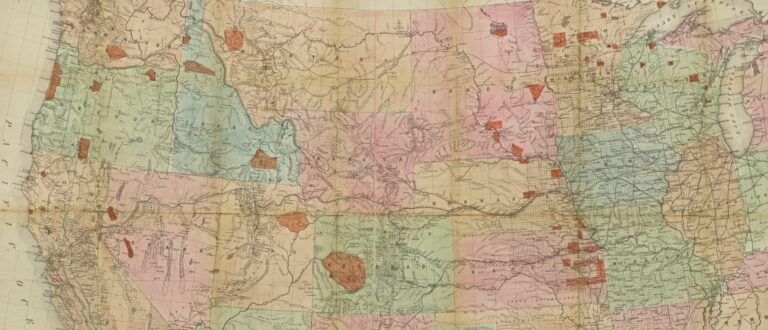
How are commodities extracted, produced, and exchanged? How have those processes shaped the physical and cultural landscape of North America? How might the way we see and study those processes alter our understanding of ourselves, the environment, or the history of North America?
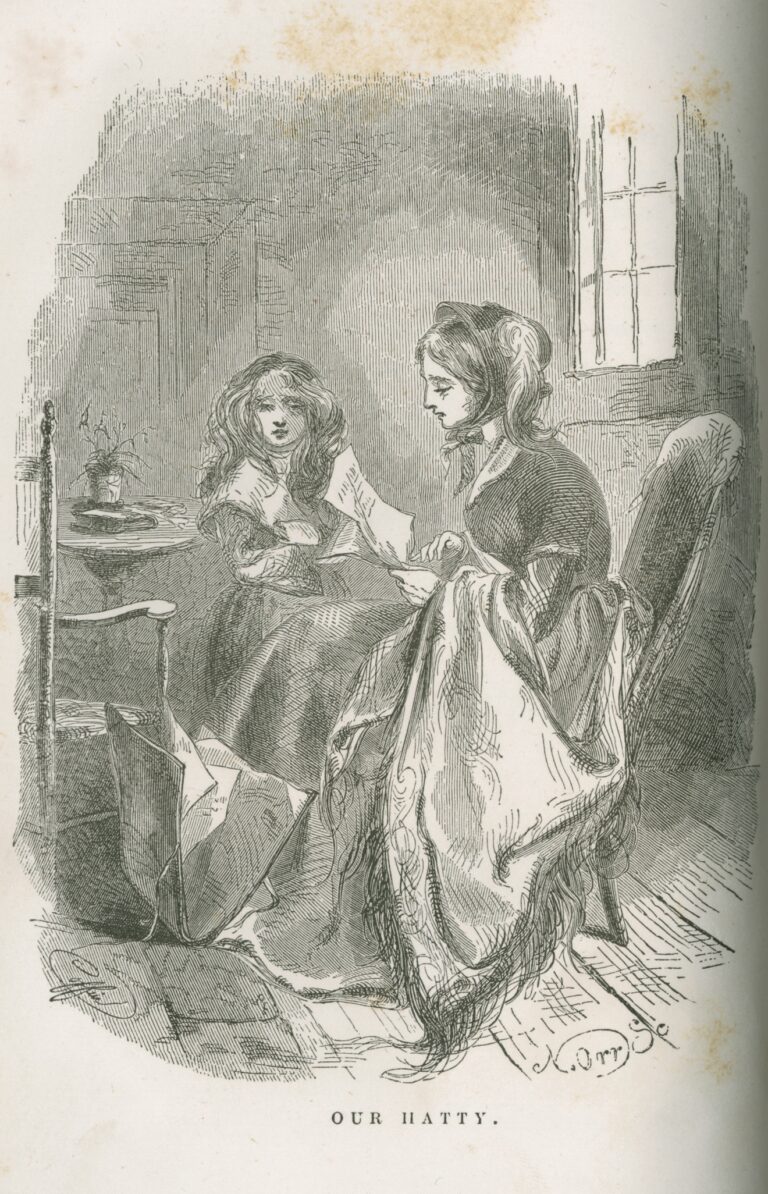
What was the literary context in which American Renaissance writers wrote and published? How did now-canonical writers respond to popular literary forms?
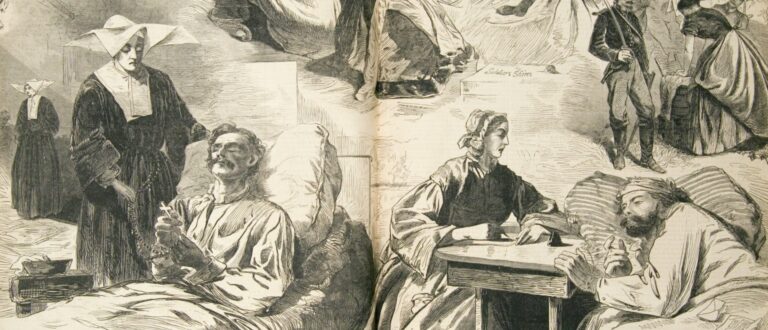
What literature was published and read during the Civil War? How did literature help make sense of the war and the profound changes it brought to the nation?
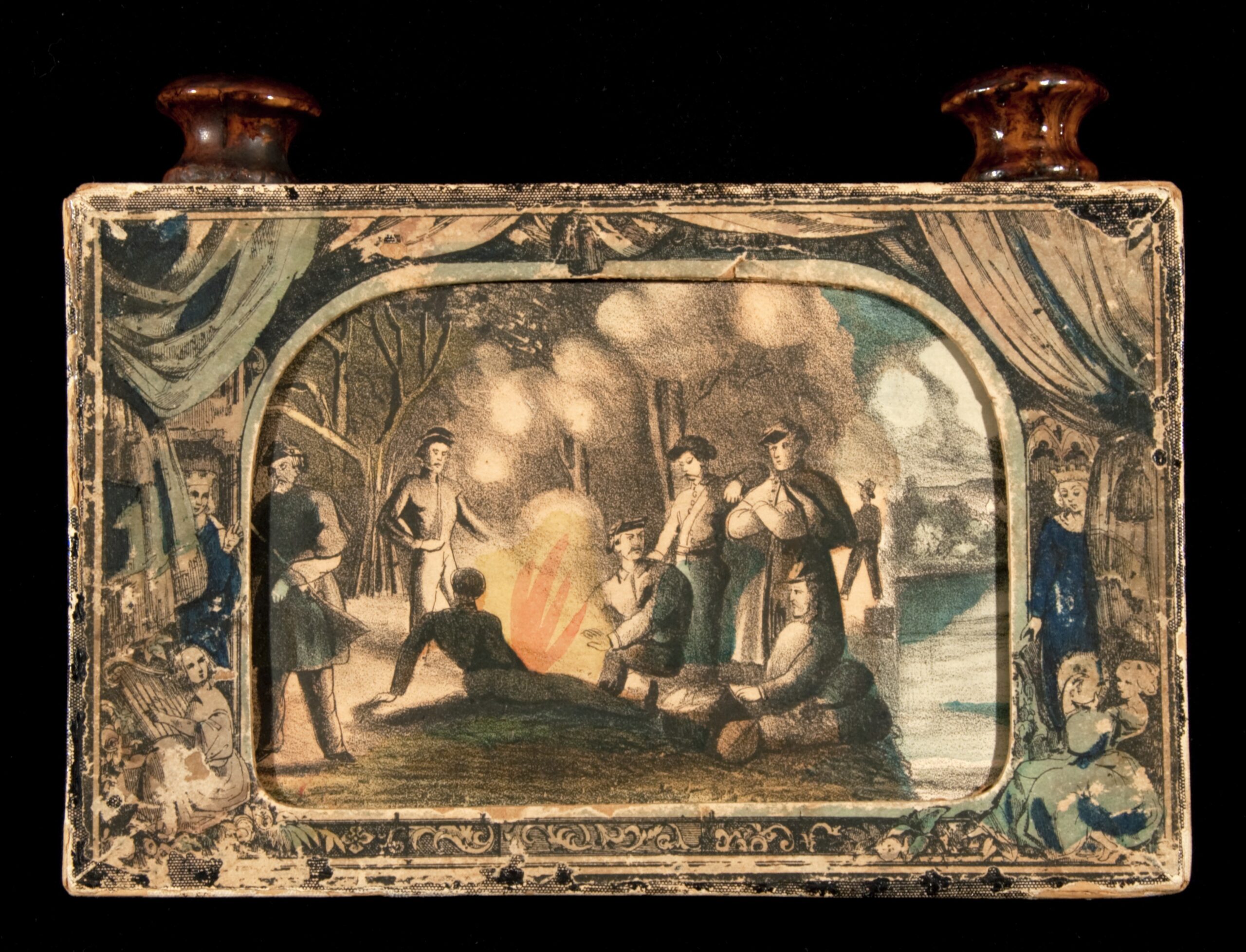
How did images shape the meaning of the war for people at home and the meaning of the home during wartime?
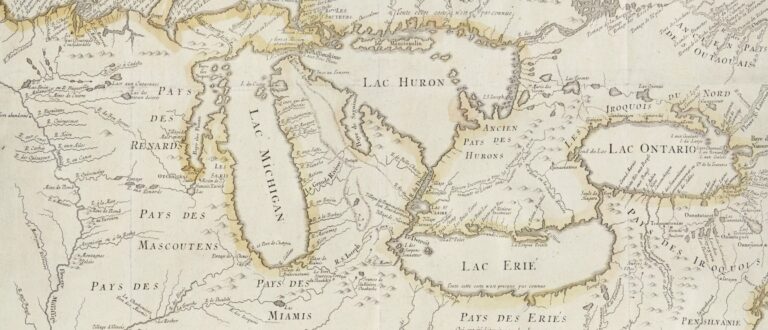
How do maps tell the early history of Chicago and the Midwest? How have maps been used by different empires and nations to secure control of the region?

How did Twain’s Huckleberry Finn engage and challenge popular ideas about slavery and race in nineteenth-century America? Can a text be offensive and still be worth reading?











